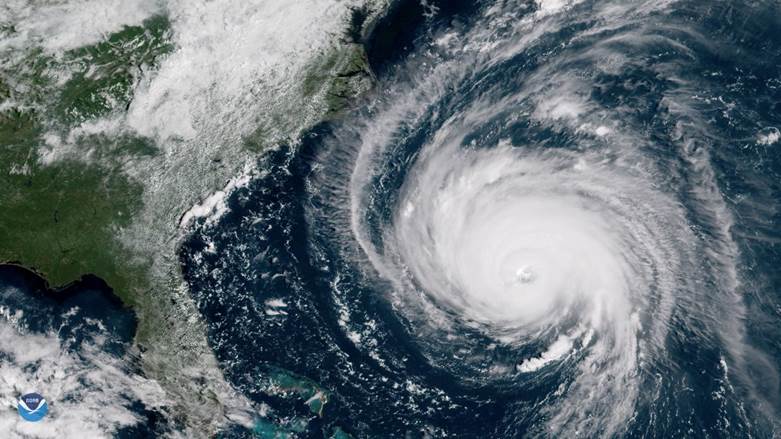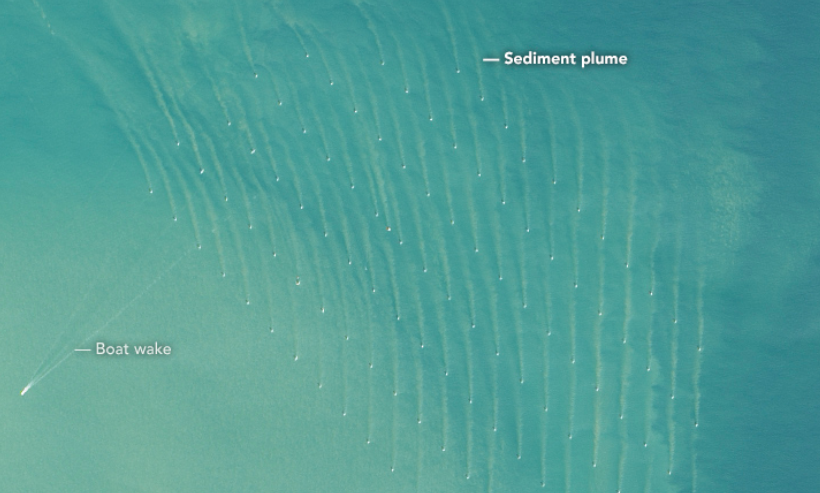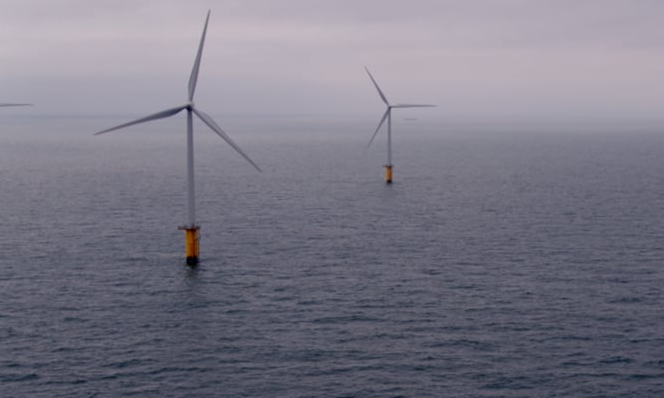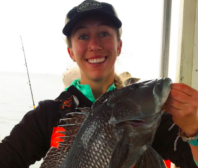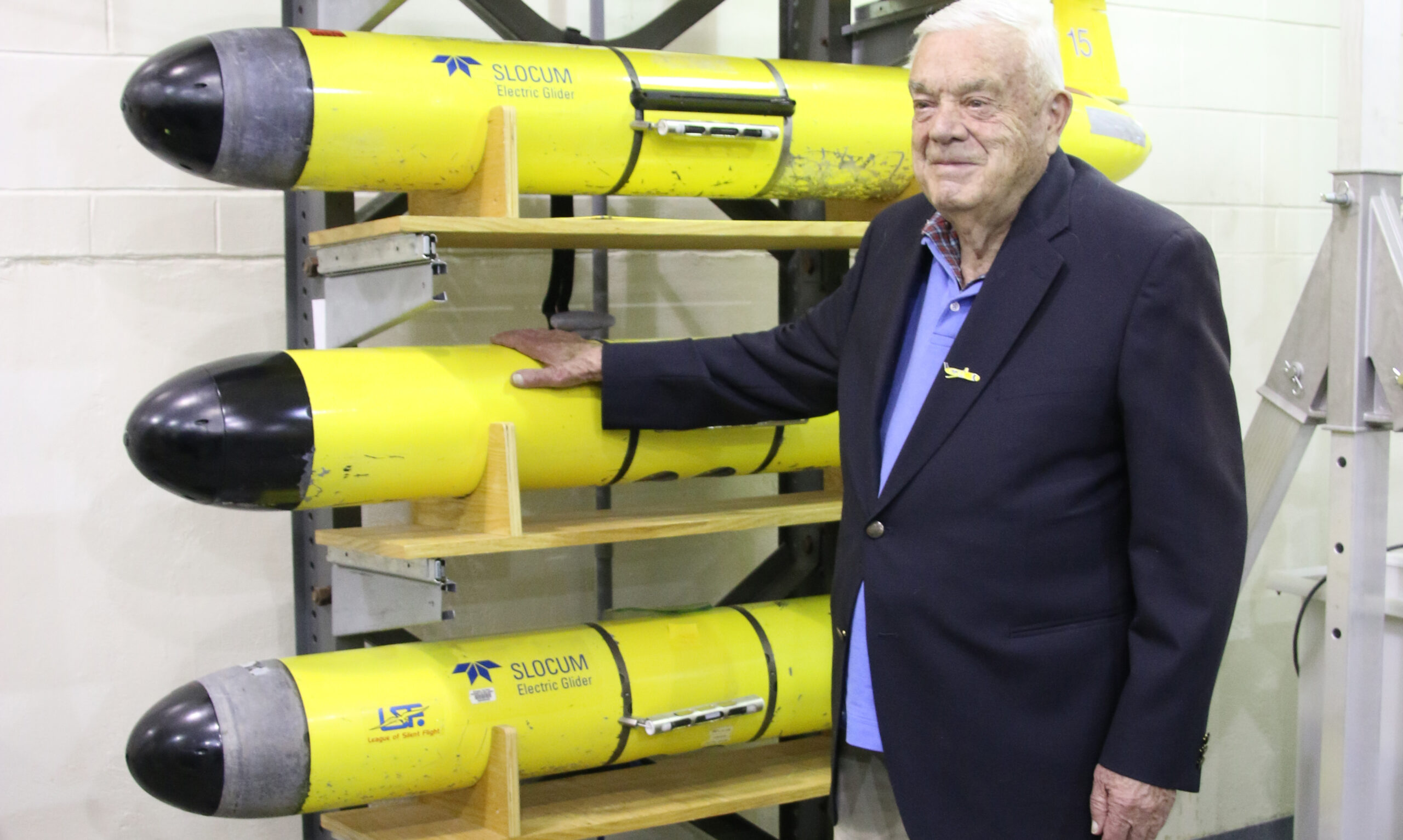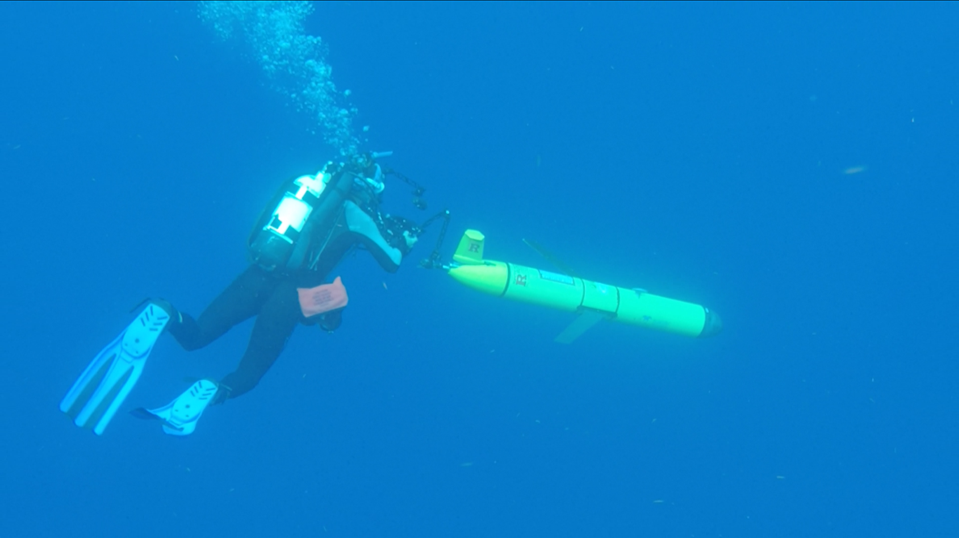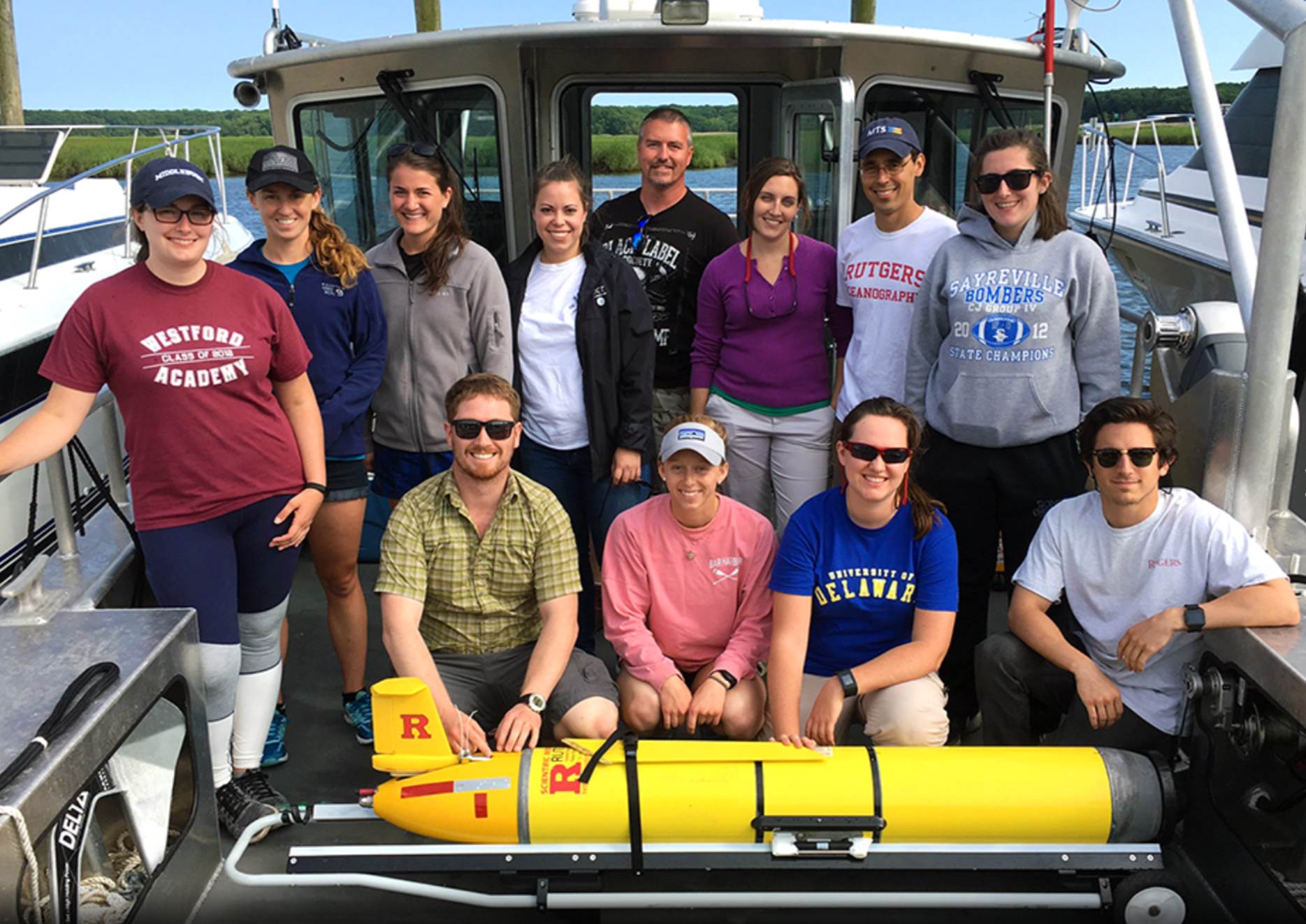RUCOOL: Integrating Ocean Observations to Improve Hurricane Forecasts
On January 26-28, NOAA hosted a workshop entitled “Integrating Ocean Observations to Improve NOAA’s Hurricane Intensity Forecasts”. RUCOOL/DMCS Faculty, staff and graduate students participated throughout the workshop, including presentations by…

